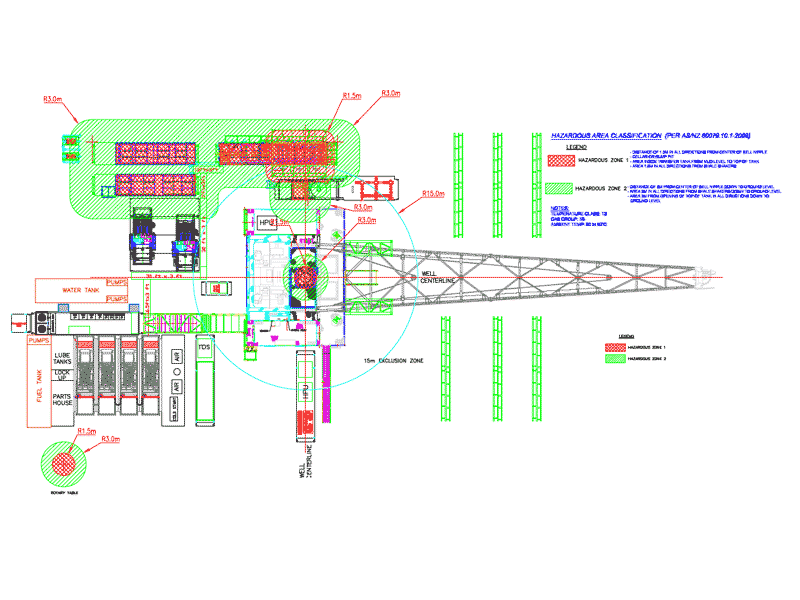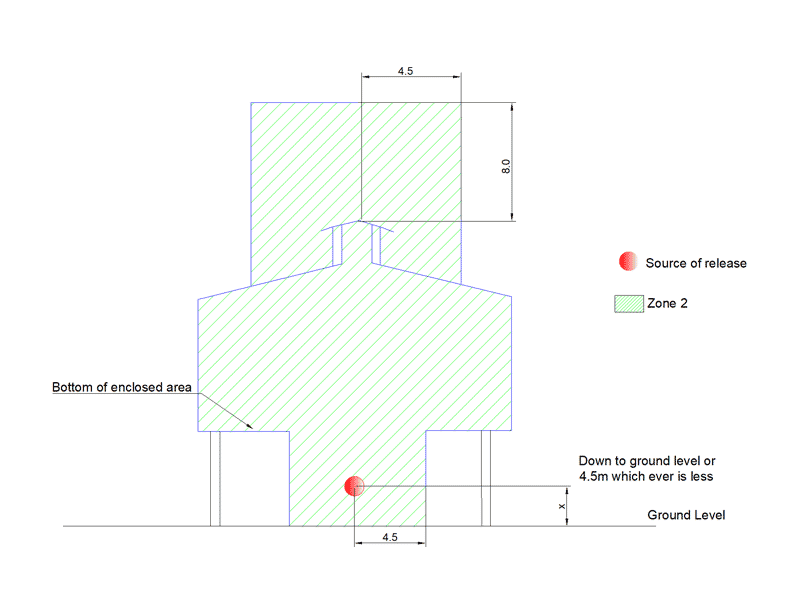Getting your classification right
Your hazardous area classification study should be conducted in the early stages of
plant design, and be adapted and updated as the plant is being constructed, to reflect the “as built” plant. But your compliance
requirements shouldn’t end there: if the plant has been established for some time, then reviewing the classification is just as important to
ensure the details are still correct.
Area classification is mandatory as noted in the wiring rules (AS/NZS 3000) under section 7.7, which refers to two main classification
standards used in Australia.
Explosive atmospheres


Part 10:1 Classification of areas
Explosive gas atmospheres
(IEC 60079-10-1, Ed.1.0(2008) MOD)
Part 10:2 Classification of areas
Explosive dust atmospheres



